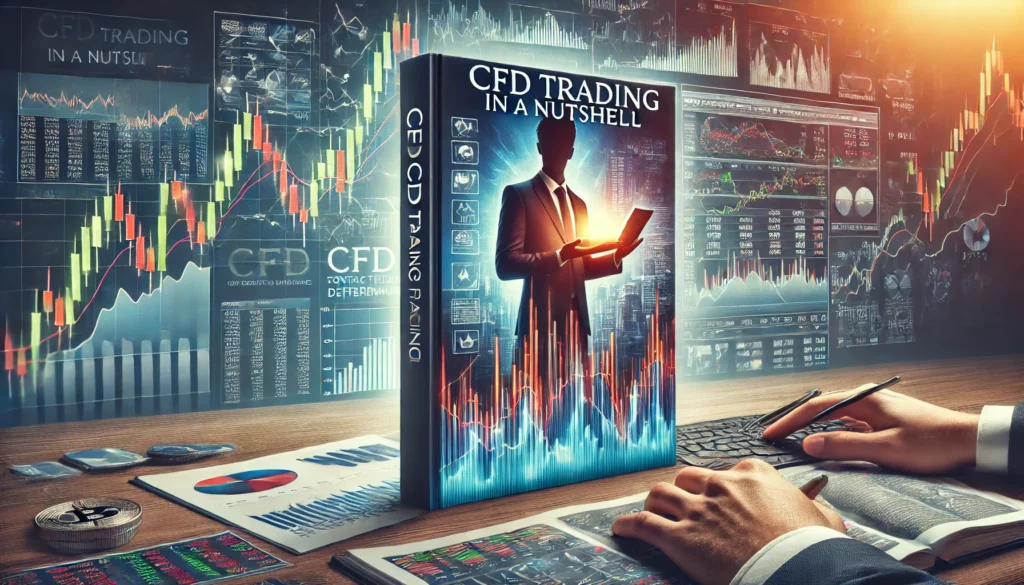Automated forex trading has revolutionized the way traders engage with the forex market. By utilizing trading robots, also known as expert advisors (EAs), traders can execute trades automatically based on pre-defined criteria. While automated forex trading offers numerous benefits, it also comes with inherent risks. This article explores the advantages […]
Stop-Loss
Forex trading, despite its immense popularity, is shrouded in myths and misconceptions that deter many potential traders or misguide those already trading. This article aims to dispel some of the most pervasive myths about forex trading. Myth 1: Forex Trading is a Get-Rich-Quick Scheme One of the biggest misconceptions is […]
Averaging down is a popular yet controversial strategy in Forex trading. Traders use this technique to reduce the average cost of an investment by purchasing additional units of a currency pair at a lower price than the original purchase. This strategy is often employed in the hope that the market […]
Forex trading strategies are essential for navigating the volatile and dynamic forex market. One effective approach is the Two Waves strategy, which focuses on identifying and trading with market waves. This article explores the Two Waves strategy in detail, including its principles, application, and advantages. What is the Two Waves […]
Pivot point indicator is a popular technical analysis tool used by forex traders to identify potential support and resistance levels. These levels help traders make informed decisions about entry, exit, and stop-loss points. In this article, we will explore the concept of pivot points, how they are calculated, and how […]
The Average True Range (ATR) is a popular technical analysis indicator used by forex traders to measure market volatility. Developed by J. Welles Wilder Jr., ATR provides valuable insights into the degree of price movement within a given period. This article delves into the concept of ATR, its calculation, and […]
In the dynamic world of forex trading, strategies are essential for navigating the volatile market. One such effective strategy is reversal trading. This technique involves identifying points at which a trend is likely to reverse direction. Understanding and mastering this strategy can provide traders with significant advantages, enabling them to […]
Scalping in forex trading involves making numerous trades over short periods to capture small price movements. Metatrader 4 (MT4) robots, or Expert Advisors (EAs), can automate this process, enhancing efficiency and profitability. Here are ten MT4 robots specifically designed for profitable scalping. 1. Forex Scalping EA Key Features: High-Frequency Trading: […]
Contracts for Difference (CFDs) are popular financial instruments that allow traders to speculate on the price movements of various assets without owning the underlying asset. CFDs provide a flexible and leveraged way to trade a range of markets, including forex, stocks, commodities, and indices. This article explains the fundamentals of […]
Effective risk management is crucial for any trader looking to achieve long-term success in the financial markets. Whether you are trading stocks, forex, commodities, or cryptocurrencies, understanding how to manage risk can mean the difference between consistent profits and devastating losses. This article will explain the essentials of risk management, […]










